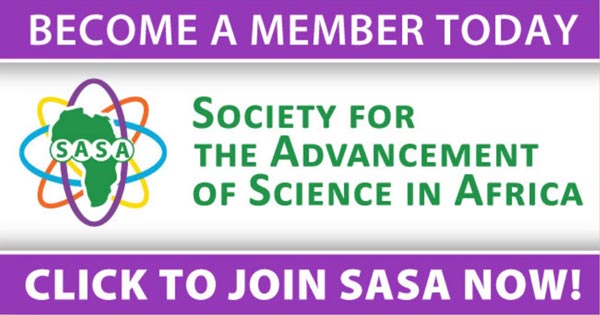The Realities in Our Environment: A Common Good Challenged
The earth’s ecosystems operate in complex cycles and interconnections between the lithosphere hydrosphere, biosphere and the atmosphere, with flows and stores of matter enclosed within defined boundaries. Human activity is disrupting the flows and stores in complex ways, requiring holistic thinking about spatial and temporal connections amongst and between watersheds, human settlement, natural hazards, soils, weather patterns, landforms, and about land use, communities, and regions. The UN 2030 Global Agenda to transform the world[1] has identified areas of critical importance for humanity and the planet and has set 17 goals and 169 targets as Sustainable Development Goals (SDGs) in the following domains: (i) ending poverty and hunger to bring about human dignity, equality and health; (ii) protecting the planet from degradation through sustainable resources management and actions on climate change; (iii) bringing prosperity through harmonious economic, social and technological progress; (iv) fostering peaceful, just and inclusive societies; and (v) revitalizing and strengthening global solidarity partnership for sustainable development. In addition, the UN, through the Sendai Framework of action, has proposed strategies to enhance collective efforts and to build the resilience of nations and communities and to reduce losses of lives and assets from the ever-increasing impact of disasters and their complexity[2].
The earth continues to face natural resource depletion and impacts of environmental degradation with an added challenge from climate change. Agriculture, settlements, and urbanization, for example, have heavily modified the environment, making it difficult for humans to recognize their dependence on the earth’s ecosystems. Although biotechnology has been used to breed crop varieties that meet the diverse demands of topography, soil, climate conditions, limited movement of people, crop rotation requirements and resistance to pests and has smoothened out the extremes of existence, ultimately the human species cannot exist without the natural ecosystems. Loss of biodiversity affects human welfare through the collapse of ecosystems and through additional costs to maintain food production, clean air and water, and human health[3]. The alteration of the hydrologic cycle presents impacts on water availability and quality, compromising the very basis of life[4],[5].
The use of Geospatial Information Science and Technology Body of Knowledge [6] has become an integral part of many disciplines and crosscuts all areas of the information society. It use in modelling the real world’s complexities enable the public sector, private sector and societies to deploy it to solve a wide range of global problems, from climate change, market failure, conflicts, and agriculture, to tourism management and infrastructure. The development of spatially oriented databases, web map services, navigation and localization of events and phenomena using Global Navigation Satellite Systems has played a significant role in the use of geospatial knowledge. At the core of the knowledge is networking, training, capacity building and provision of geospatial data which then makes it a vital for participatory watershed management planning and decision making.
-Contributed by Prof. Simon Onywere, Department of Environmental Planning and Management
Kenyatta University
[1] United Nations Resolution A/RES/70/1 Transforming our world: the 2030 Agenda for Sustainable Development
[2] United Nations Resolution A/RES/69/283 Sendai Framework for Disaster Risk Reduction 2015–2030
[3] FAO. 2019. The State of the World’s Biodiversity for Food and Agriculture, J. Bélanger & D. Pilling (eds.). FAO Commission on Genetic Resources for Food and Agriculture Assessments. Rome. 572 pp. (http://www.fao.org/3/CA3129EN/CA3129EN.pdf)
[4] Brooks K. N., P. F. Ffolliott, and J. A. Magner (2013). Hydrology and the Management of Watersheds. John Wiley & Sons, Inc., 4th Edition (2013).
[5] UNESCO-WWAP (2006). Water a Shared Responsibility. The United Nations World Water Development Report 2. Berghahn Books
[6] AAG & UCGIS (2006). Geographic Information Science and Technology Body of Knowledge. University Consortium for Geographic Information Science (UCGIS) and Association of American Geographers (AAG), Washington, DC, 2006


